One of my favorite smells, especially in the spring, is that of an approaching rain or right after a rain. I am not exactly sure what causes that particular smell but after the dry weather we have had the last couple years, it is certainly welcome. As the old saying goes, “April showers bring May flowers” Hopefully many areas received some of those much needed showers over the last few days of April.
May is the month when our gardens, trees and shrubs really start to take off. It is an exciting time for all of us to see the color green again showing up in our lawns, flower beds, and on our trees and shrubs. It is a time of regeneration in the garden when the old foliage and stems of last year are removed or tilled into the soil to be replaced by lush new shoots and hopefully some of those long-awaited May flowers.
Pasqueflowers
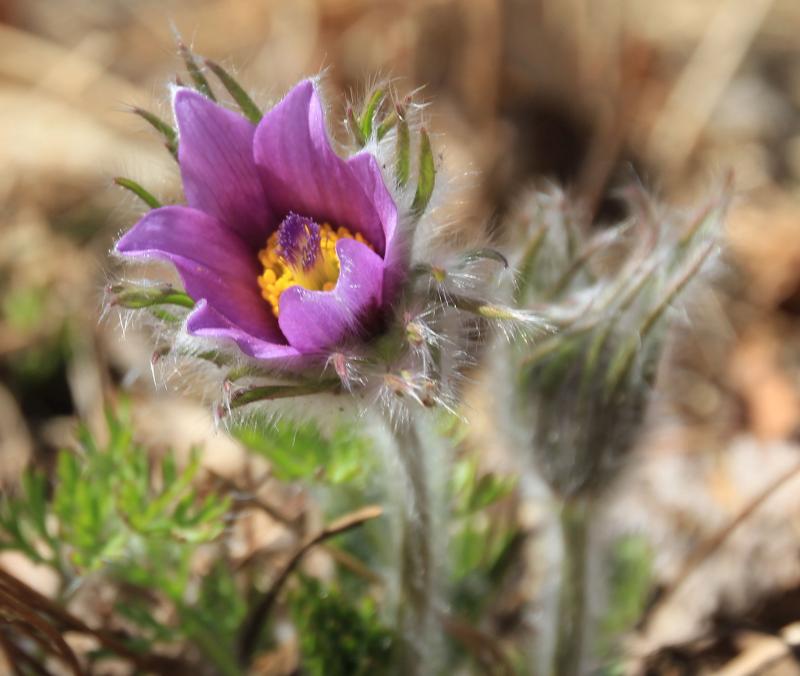
Lots of plants bloom in May, including the Pasqueflower (Pulsatilla patens), our state flower. It is one of our earliest flowering plants, blooming as early as mid-April to June, depending on the weather and elevation. It can be found all over the state, particularly in mixed-grass prairie areas, particularly on hillsides and in the Black Hills. It also makes a fine garden perennial plant. We have it growing in several areas at McCrory Gardens where it has spread around a bit, with its feathery seed that appears later in the spring, after flowering.

I enjoy the seed heads just as much as I do the lovely, lavender to pink flowers. The seed heads remain on the plants for several weeks after the flowers have faded.
Check at your local garden center or look online for companies that sell prairie or native plants. You may find several different related species listed for pasqueflowers, some will have slightly different flower colors, bloom time or degree of hairiness on the stems and leaves when they first emerge in the spring.
Look to see that they are hardy for your particular zone.
Mertensia
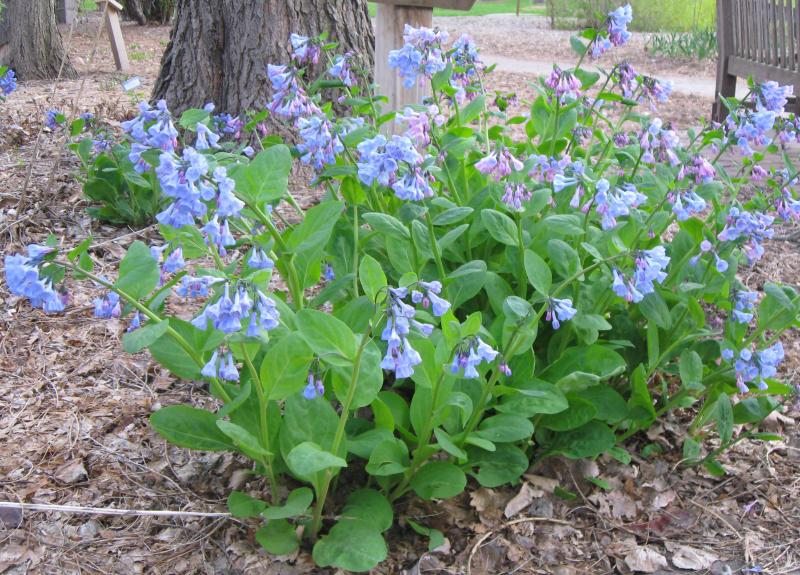
Virginia bluebells (Mertensia virginica) is another of the earliest blooming plants in the garden. As the name suggests, the flowers of this plant are blue, or at least close to blue. They actually start out looking quite pink when in bud then turn more lavender as they open and mature. These plants live a hectic lifestyle. They can emerge and grow quickly in the spring, particularly if they are grown close to a south or west-facing wall. The relatively large, oval leaves have a blue-green color which contrasts nicely with the clusters of pink flower buds that are soon visible. Mertensia can grow to 12-24” in height. They grow fine in full sun or part shade. The nodding clusters of flowers last for a few weeks, the plants a few weeks longer. Then, almost as quickly as they appeared, the foliage dies down and the plants almost disappear. By July, you can hardly tell where they were. Try inter-planting them with other perennials that will fill in the gaps left in the landscape after the plants die down.
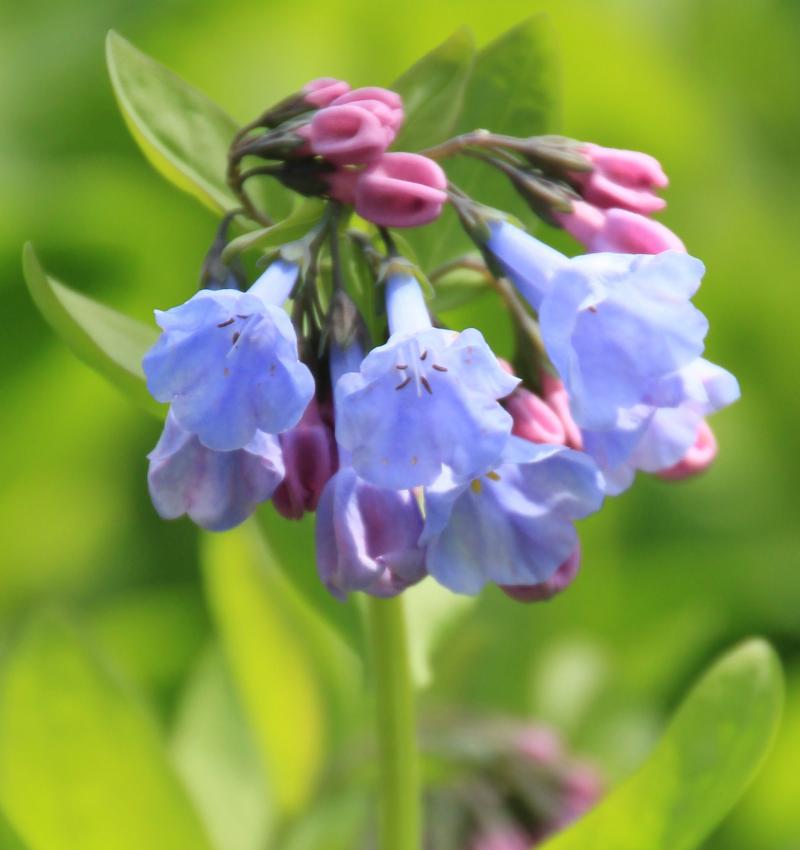
Helleborus, sometimes called the Lenten rose, is usually another May bloomer but the flowers can last into the summer months. There has been a lot of interest and breeding work being done with Hellebores, greatly expanding the flower colors available from mainly white, pink or red to yellows, burgundy, multi-colored types and some that are almost black. Although this plant is usually rated as being hardy to USDA Hardiness Zone 5, we have had excellent success with this plant at McCrory Gardens, rated as Zone 4. However, we grow it in the shade of some Kentucky coffeetrees and a big maple so the plants get thoroughly mulched with leaves in the fall. As the common name, Lenten rose suggests, this plant can be in bloom during lent, but even this year, with a late Easter and Lenten season, we didn’t make it. There is also another species known as the Christmas rose, but it won’t bloom for Christmas in your garden here either. If you lived about 600+ miles south, you might get to see that.
Magnolias
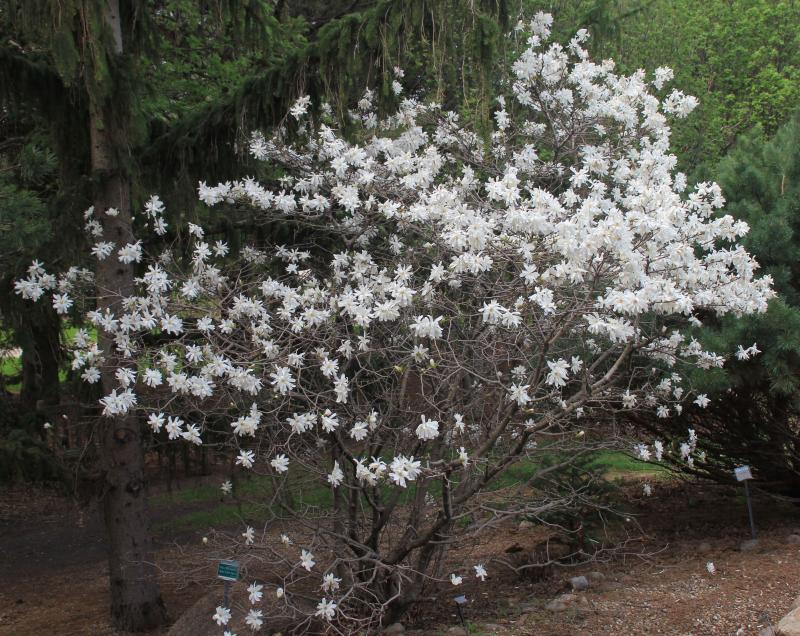
There are quite a few shrubs and trees that usually bloom in May. One of the earliest is Magnolia stellata, the star Magnolia.
This is another one of those plants that is usually rated as being hardy to Zone 5, but it has done fairly well here in the city of Brookings.
This particular magnolia plant grows even better down in the south-eastern part of South Dakota due to favorable local conditions.
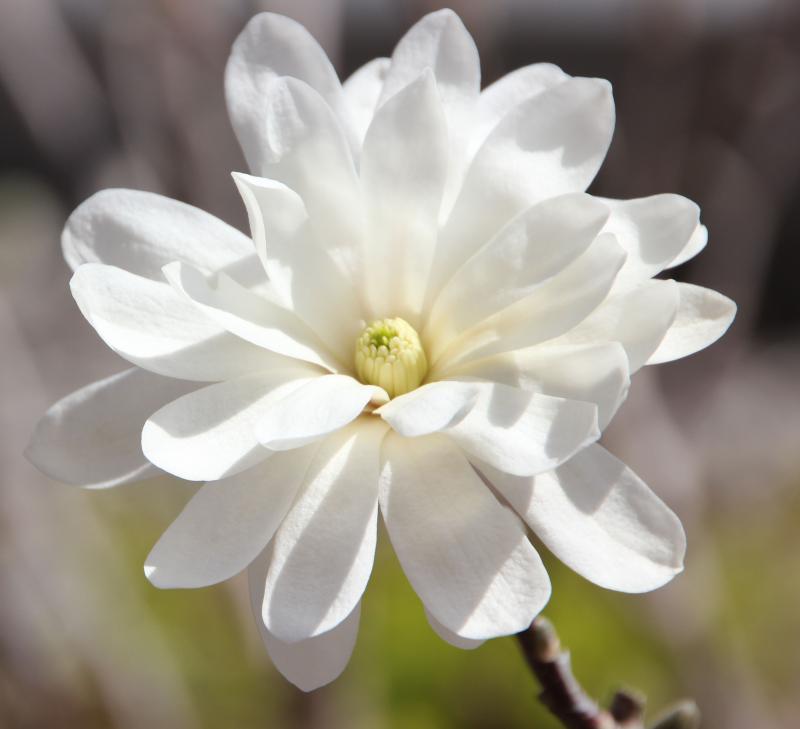
‘Royal Star’ is the most common and hardiest of the magnolia plants. It features bright white flowers that emerge from large hairy, brownish buds on the stems of the plant.
A magnolia covered in those white flowers is a wonderful sight to behold. This species of Magnolia normally grows to be a large shrub or even to the size of asmall tree in our area.
There are a number of other species of Magnolia, but you will have to travel farther south to experience those in person.
Lilacs
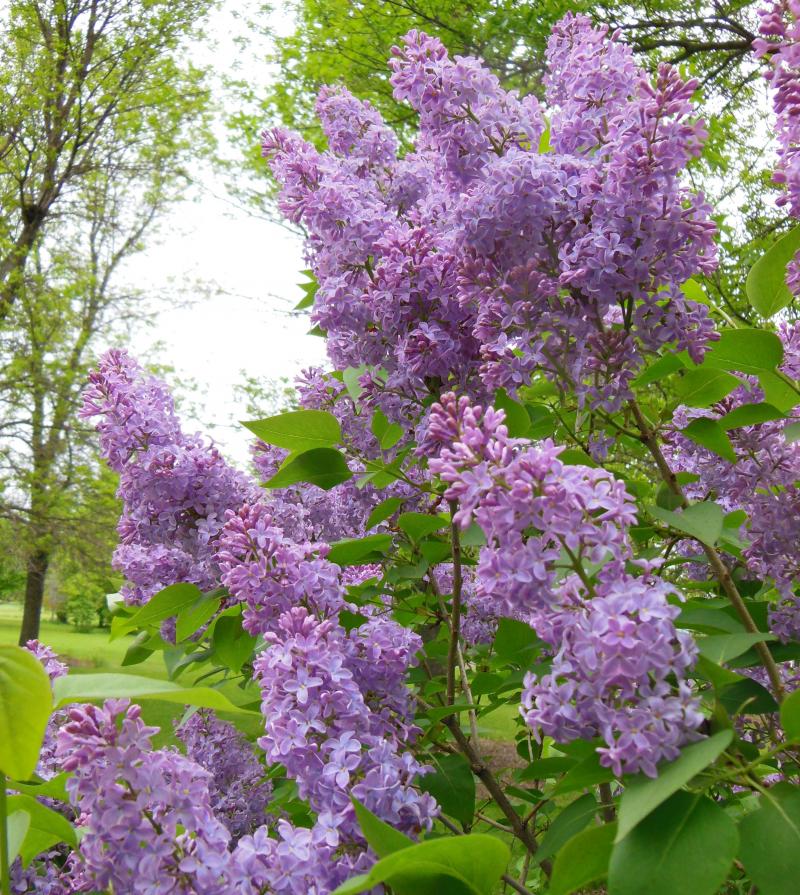
Lilacs are probably the quintessential spring blooming shrub for us here on the Great Plains. They have been extensively planted in yards and shelterbelts so are a common sight when you are driving through a town or the countryside. Like the smell of rain, being engulfed by a wave of lilac fragrance is a wonderful spring experience. There are several species and dozens of cultivars so you can experience that fragrance for several weeks over the course of the spring. Flowers may be single or double and range in color from pure white to pink, purple, lavender, blue, bicolor and light yellow.
Lilacs grow best in a full sun location. Be aware that many of the older varieties in particular can grow to be very large shrubs or small trees, getting up to 10’ tall and 6’ wide over the course of many years. Prune out the tallest stems, 2-3” above the ground after flowering in the spring. This will encourage new, shorter shoots to develop at the base of the plant. If you continue to do this renewal pruning you can keep a lilac at a shorter height and encourage more flowers to develop closer to the ground where you can reach them, smell them and cut them to take into your home. There are also shorter varieties that only grow about 5’ or 6’ in height, but these plants can still take up quite a bit of space.


